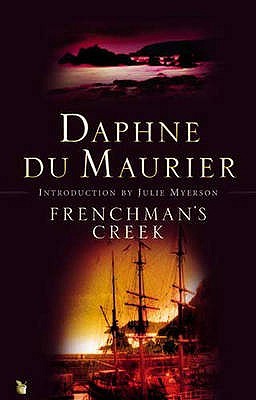Part Three: Writing as well as reading
A confession: I too
succumbed to the lure of Cornwall
and its adventurous past – both fictional and literal – when searching for a setting
for a tale I was writing for my daughter during university. The village of Polzeath,
the hill known as Brea, the church of St. Enodoc that was (by the early 1800s)
almost completed swallowed by a sand dune (and was already beginning to be rehabilitated to its current state below):
.....and especially the infamous, ship-wrecking sandbar known as the Doom Bar, comprised the locale for an adventurous tale involving smugglers, storms, and a dashing French spy. Where could my inspiration have come from?
.....and especially the infamous, ship-wrecking sandbar known as the Doom Bar, comprised the locale for an adventurous tale involving smugglers, storms, and a dashing French spy. Where could my inspiration have come from?
That early novel of mine, written for the mutual entertainment of my daughter and myself, cannot compare in evocative settings nor absorbing characters to the Cornish house, residents and visitors in Mary Wesley's The Camomile Lawn.
Filmed largely at Veryan, Cornwall in and around Broom Parc House (now a B&B), this novel followed five young people through the perils of reaching adulthood during WW2, and into their later adulthood. A mini-series made from this novel in 1992 follows the novel closely, and features, amid a strong ensemble cast, mother-daughter actors Rosemary Harris and Jennifer Ehle playing the older and the younger incarnations of the character Calypso.
Other notable writers claimed by Cornwall include William Golding, perhaps best known in Canada for Lord of the Flies, and Rosamunde Pilcher, whose many novels of family and relationships include The Shell Seekers, whose two movie adaptations were filmed largely in Cornwall where the book was set.

Cornwall is a land of many stories, and almost as many novelists.And yet, for all the years and novels that have passed my way, when I stood on a headland this summer with the wind whipping my hair and the seabirds calling with their many voices, I shaded my eyes against the sun and peered out through the sea-haze, looking for a rocky isle topped by a building that might be either a ruined castle or a crumbling engine-house. At that moment, I could not help but wonder if by chance Enid Blyton stood here one day decades ago and said, “I will call that island Gloom, and send four children and a parrot there on an adventure,” or “I will name that rock Kirrin Island, and send four children and a dog there on an adventure.” It's not likely either, but in my imagination one of those calling gulls may not be a seabird at all, but Kiki the parrot mocking them, and calling me to adventure.
I am not alone in this mental wanderring.
Cornish settings were used in several tv adaptations of this author’s novels,
as recently as the late 1990’s. Such is the power of stories read in childhood.
For me, Cornwall is and forever
shall be a place where Adventure is around every corner.









